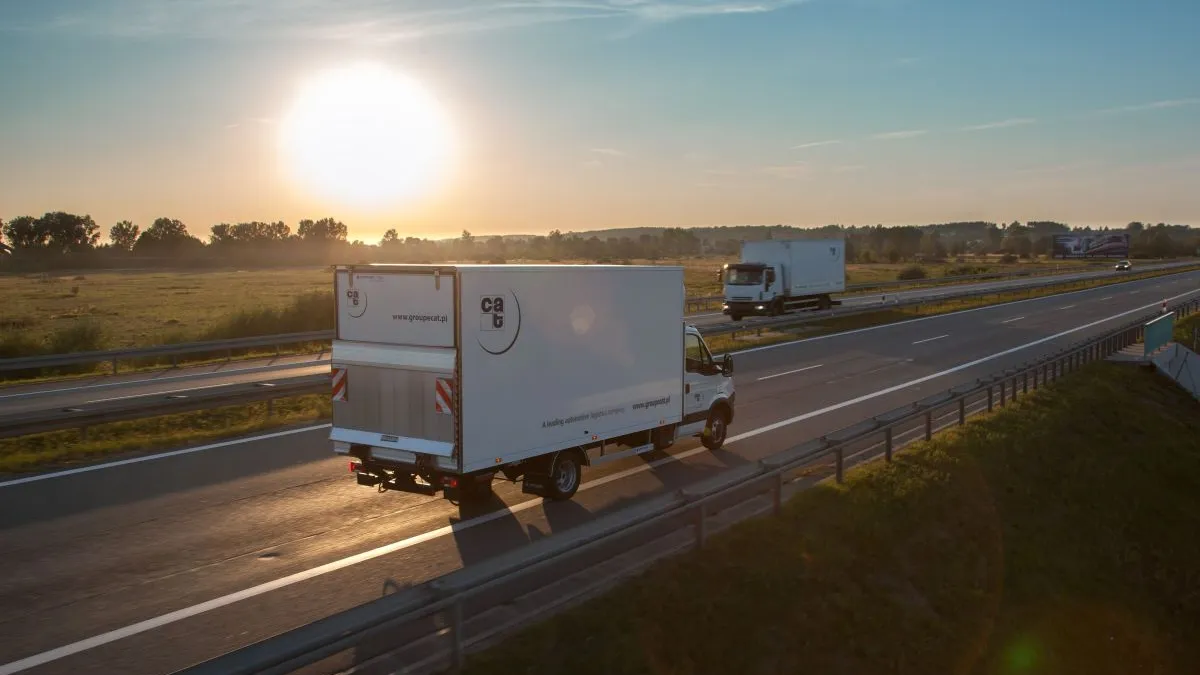Dive Brief:
-
Cars approaching construction crews working on a stretch of Interstate 29 in Sioux Falls, SD, will be warned in real-time of the upcoming work zone and told to slow down, according to KSFY.
-
Sensors along the roadway are connected to digital displays that notify drivers of changes in speed and likely congestion.
-
The technology is still relatively new to construction projects in South Dakota, having previously been used during the state's Sturgis Rally. The annual motorcycle event brought 463,412 people to the city of Sturgis, SD, over the course of 10 days last August.
Dive Insight:
Keeping construction crews safe as they work along busy roads can be challenging. More than 100 workers die each year in construction road work zones, according to the Federal Highway Administration. While roughly half are caused by the goings on of the construction underway, most of the remainder happen when workers are struck by speeding motorists, Dean McKenzie, deputy director of OSHA’s Directorate of Construction, told Construction Dive in 2015. Summer is high time for such incidents.
Traffic information and prediction systems and advance speed information systems have been used on roadways for roughly two decades, and have been found to deliver accurate predictions of travel time and speed. Such technology aims to build on the work of speed cameras and work site requirements, such as reflective clothing and clearly marked work zones, to keep drivers cognizant of worker safety.
Companies are seeing a business opportunity spring from the need to keep workers safe along roadways, especially as the industry gears up for President Donald Trump’s expected infrastructure program. The Dallas Business Journal reported that ORIX Capital Partners, the Dallas-based equity investment business unit of Japan-based ORIX, has recently acquired two road safety companies. The company has its eye on utility projects, where clients can save money by hiring a third-party to handle road work rather than sending additional skilled utility workers.
Some projects — whether they are road-specific or just happen to be occurring along one — require complete closure. For that, firms are turning to construction methods like accelerated bridge construction, which requires shutting down a bridge fully for a short period of time while work is completed, rather than keeping it partially open for the duration of the job.
Completing more of the project offsite is another option or companies completing construction work along busy roadways. Turner Construction did just that for a project last summer that required them to build a three-story, 165,000-square-foot structure over New York City’s FDR Drive.













